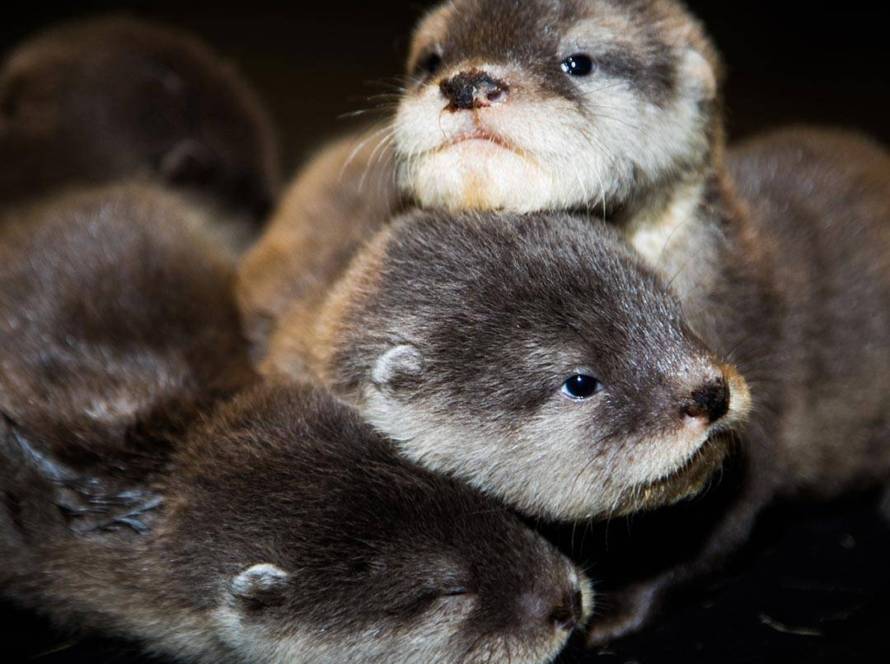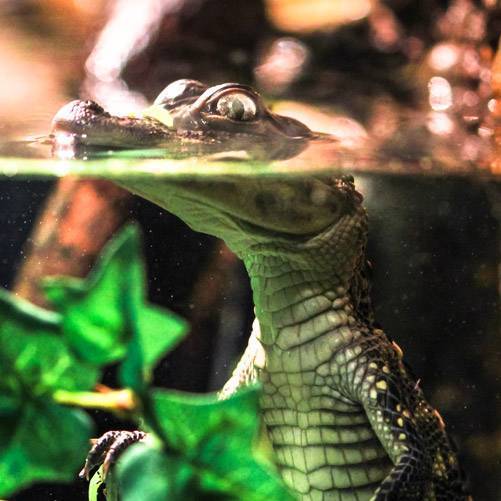Snails are a type of mollusc and a crustacean in the class Orthogastropoda. They are hardy creatures that can live in different climates around the world. They can live both in freshwater, in the sea and on land. Snails are slow-moving creatures known for their shells and soft bodies. Their shells are hard and spiral-shaped and serve as both protective armor and shelter. They can vary in color, pattern and size according to their species. Species are formed according to their habitat.
Snail Species
They are divided into three main groups: land, freshwater and sea;
Land snails are usually found in humid environments and feed on plants. One of the most well-known land snail species is the African Giant Snail (Achatina achatina), known as the largest land snail in the world, growing up to 30 cm in length. The Garden Snail (Cornu aspersum), common in Europe, feeds on plants, while the Banded Snail (Cepaea hortensis) stands out with its distinctive yellow and brown striped shell. The Romana Snail (Helix pomatia) is also consumed as “escargot” in French cuisine. The Goat Horn Snail (Otala lactea) is a species adapted to the Mediterranean climate.
Freshwater snails live in wetlands such as lakes, rivers and swamps. Popular in the aquarium world, the Apple Snail (Pomacea bridgesii) feeds on underwater plants and has the task of cleaning the water. Similarly, the Ramshorn Snail (Planorbidae) helps to maintain water quality in aquariums. The Mud Snail (Lymnaea stagnalis) lives in swamps, while the Asian Mud Snail (Bellamya chinensis) is a common freshwater snail in China. The Turtle Snail (Viviparus viviparus) lives in freshwater in Europe.
Sea snails live on reefs, sandy bottoms or rocks and some species are highly poisonous. The Cone Snail (Conus spp.) is highly poisonous, with some species capable of killing humans. The Sea Hare (Aplysia spp.) is a large, soft-bodied herbivore. The Murex Snail (Murex pecten) has historically been used to produce purple dye. The Shoe Snail (Crepidula fornicata) is also known as the slipper snail because of its shell shape. The abalone (Haliotis spp.) has commercial value due to its pearlescent shells.
Which species of snails are found in Turkey?
There are more than 40 species of land snails in Turkey. The Garden Snail (Cornu aspersum) is common in many parts of the country, while Helix lucorum (Turkish Snail) is a species found especially in forested areas. The Istanbul Banded Snail (Cepaea vindobonensis) is found around Istanbul, while the Goat’s Horn Snail (Otala lactea) is common along the Mediterranean and Aegean coasts. There are no poisonous snail species in Turkey.
How to Feed Snails?
Snails’ feeding habits vary depending on the region they live in:
- Land snails usually feed on plant leaves, vegetables and fruits. Some species found in gardens can become agricultural pests by eating vegetables.
- Freshwater snails feed on algae, dead plants and sometimes small organisms.
- Periwinkles can feed on algae, plankton and some small sea creatures. There are also carnivorous species that prey on small crustaceans and fish.
Some snails have a serrated tongue called a radula, which allows them to grind their food.
How Snails Reproduce
Snails can reproduce both sexually and asexually. Most land snails are hermaphrodites, meaning they have both female and male reproductive organs. During mating, both individuals can lay eggs. Among marine and freshwater snails, there are also species that reproduce with only male and female individuals. Egg-laying snails lay their eggs in moist environments or in water. The eggs hatch in a certain period of time and small snails are born.
The World’s Largest and Smallest Snail Species
Snails can vary greatly in size:
- The Biggest Snail: The African Giant Snail(Achatina achatina), which can reach 30 cm in length and 1 kg in weight.
- The Smallest Snail: Angustopila dominikae, 0.86 mm in diameter and smaller than a pinhead!
How Long Do Snails Live?
The lifespan of snails depends on the species. Small snails usually live 2-5 years, while some large land and sea snails can live up to 20 years.
The Most Interesting Features of Snails;
- They have teeth! Some species have more than 25,000 microscopic teeth.
- Their mucus has a special structure. Snail mucus is used in medical and cosmetic products.
- They build and grow their shells themselves. The shell grows with the snail over time and can be repaired by itself if it breaks.
Frequently Asked Questions about Snails
1. Are snails really slow?
Yes, snails are quite slow. Land snails move at about 1.3 cm per hour.
2. Are snails poisonous?
Most snails are harmless to humans. However, some marine species, such as cone snails (Conus species), are poisonous and can be fatal.
3. Can snails be kept at home?
Yes, African Giant Snails in particular are kept as pets in some countries. However, in some countries they are prohibited due to environmental risks.
4. Do snails hear?
No, snails have no ears and their sense of hearing is not developed. But they can detect vibrations.
5. Do snails really sleep?
Yes, snails have sleep cycles that can last for days or even months.
6. How many snail species are there in Turkey?
More than 40 species of land snails are known to exist in Turkey. There is no poisonous species.
7. Does a snail leave its shell?
No, snails live inside their shell and cannot leave it. If the shell is damaged, they can repair it themselves.
Did you know that you can see the largest of this species at Emaar Aquavarium? The Giant African Snail (Achatina fulica) is waiting for you.




